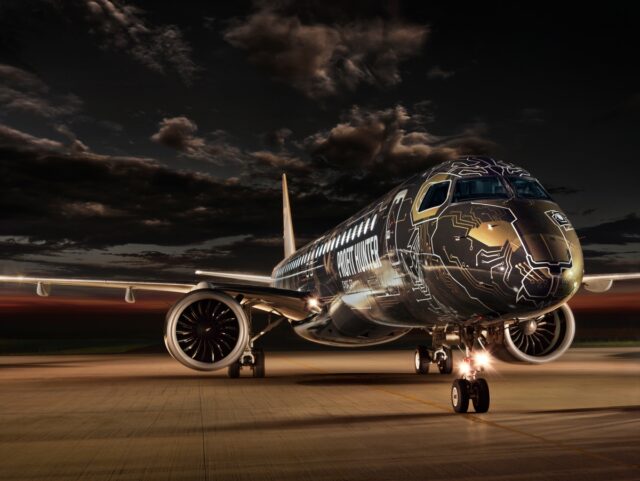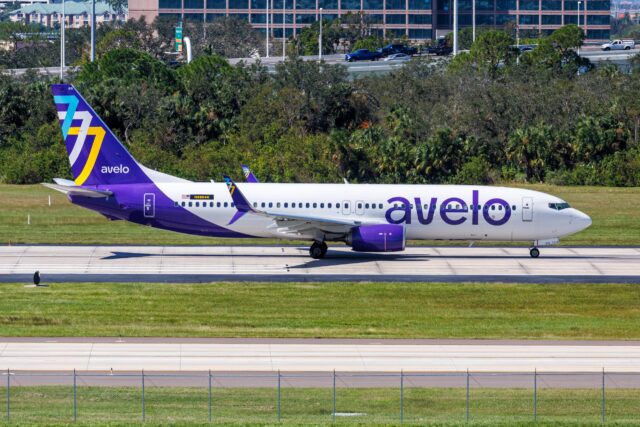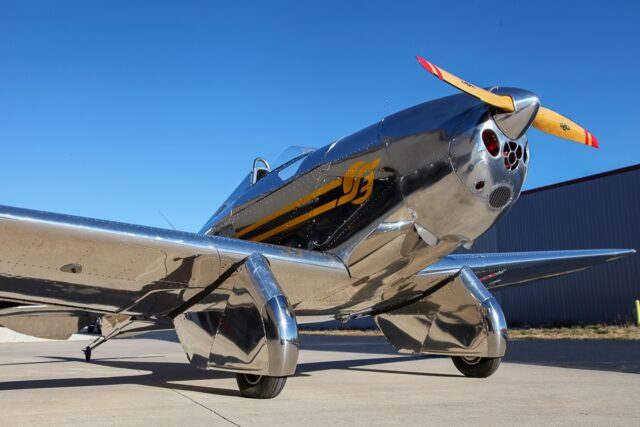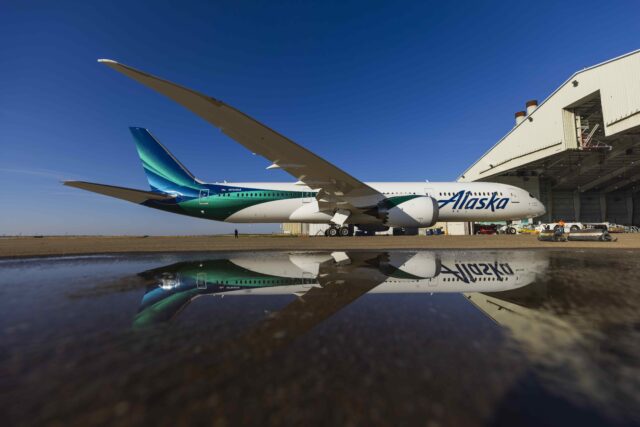Pilot shortage: No longer an all-consuming crisis, but still an ongoing constraint

July 23, 2025

Boeing projects demand for 2.4 million new commercial pilots, technicians and cabin crew over next 20 years.
While the aviation sector has spent the last five years sounding the alarm on the shortage of skilled personnel across the sector, there has been some indication that the crisis is beginning to subside.
In the immediate aftermath of COVID, the combination of high retirement rates, airlines scrambling to recruit and retrain staff and a surge in demand for passenger travel led to alarm bells ringing at the lack of skilled pilots, technicians and cabin crew.
At the surface there are now signs of that crisis easing. Some US regional carriers, including Mesa Airlines, have indicated the hiring frenzy is cooling. Furthermore, in certain regions, a backlog of new pilots has created a bottleneck of qualified candidates waiting for hiring opportunities.
According to data from the Future and Active Pilots Alliance (FAPA) major airlines in the US added just shy of 1,140 pilots to their workforce during January and February this year, marking a 34% drop compared with the same period in 2024. Overall, in 2024, pilot hiring fell to 4,834, down from 12,196 in 2023 and 13,128 in 2022.
However, with Swiss International Air Lines cancelling 1,400 flights this summer due to a shortage of pilots and KLM using Air France pilots to tackle its shortage, it would seem the shortage of skilled flight personnel remains for many airlines a significant challenge.

Is the pilot shortage really slowing down or is this just a recalibration?
According to Boeing demand for aviation personnel is still as strong as ever, as the global sector shifts in line with demand fuelled by emerging markets and changes in fleet mix.
In its ‘2025 Pilot and Technician Outlook (PTO),’ the airframe manufacturer states that to meet the long-term increase in travel, the industry will require 2.4 million new aviation professionals over the next two decades.
Boeing released its annual 20-year forecast at EAA AirVenture Oshkosh on 22 July, stating that commercial carriers will require 660,00 pilots. The figure is virtually unchanged from previous projections and breaks down to over 30,000 new pilots every year.
In addition to pilots, Boeing anticipates that the industry will require 710,000 maintenance technicians and 1,000,000 cabin crew members through 2044.

Eurasia and North America top the charts for pilot demand
Eurasia sees the highest projections with 149,000 new pilots, 165,000 new technicians and 236,000 new cabin crew. North America also remains a key driver for new personnel with forecasted demand for 119,000 pilots, 123,000 new technicians and 193,000 new cabin crew. This is in large part due to thousands of airline pilots expected to retire just as delivery rates of new aircraft are expected to rebound.
According to US-based FLT Academy, “a large cohort of baby-boomer pilots is reaching the mandatory retirement age of 65, creating a significant gap in the workforce. Over 16,000 airline pilots will retire in the next five years, with 80,000 retiring over the next 20 years.”
Meanwhile, Asia-Pacific and the Middle East are among the fastest-growing regions for pilot demand.
Boeing projects that China will require over 130,000 pilots by 2044. India and Southeast Asia show similar trajectories as growing middle classes and increasing aviation networks outpace local training capacity.
Meanwhile, demand for new pilots, technicians and cabin crew in Africa is capped overall at 74,000, and in Oceania at 41,000.
Innovations in training are key to meeting demand
“As commercial air traffic demand continues to outpace economic growth and the global fleet expands to meet demand, our industry will keep the fleet flying safely and efficiently by supporting workforce development for carriers worldwide,” said Chris Broom, vice president, commercial training solutions, Boeing Global Services.

He also noted that advancements in AI, virtual and mixed reality technologies will enhance and augment training.
“The industry is investing in technologies, including mixed reality – an immersive blend of physical and digital environments that enhances hands-on learning and situational awareness,” he said.
Like Boeing, other manufacturers including Airbus and Embraer are investing heavily in digital training platforms and partnering with flight schools to expand certified programmes.
Broom also stressed that while Boeing is supporting customers with digitally advanced training solutions the “bedrock of its approach remains competency-based training and assessment methodology to ensure high quality aviation training.”

Another challenge is the expectation of the next generation of the future workforce. Today’s trainees enter the workforce prioritising a work/ life balance and career progression. Competition for qualified personnel remains fierce, especially in emerging markets such as Africa, Asia and the Middle East where demand is outpacing supply.
Boeing’s forecast underlines that the skills shortage is a long-haul challenge. The urgency may be easing, but as demand continues to climb so too does the need for qualified staff.
















